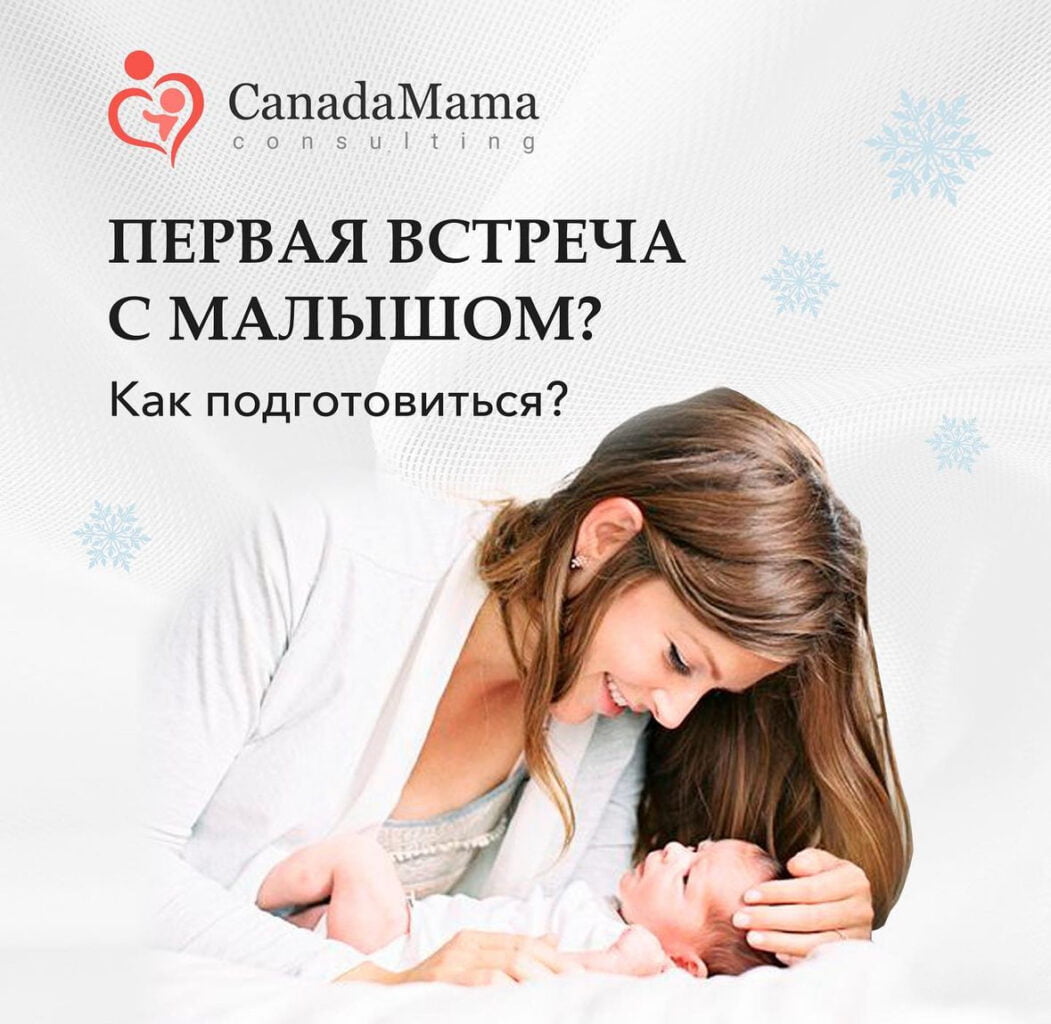- Cotton disks; cotton swabs
- 3% hydrogen peroxide (initially choose bottles with a built-in pipette - they are much more convenient to use);
- Traditional greens (or instead of greens you can use effective, but not staining the skin, bactericidal means - tincture of calendula or tincture of eucalyptus)
- Means to eliminate infant colic and gas: dill water (you can prepare yourself from dried or fresh dill, or you can buy a ready-made form in the pharmacy, such as BabiKalm);
- Gas drainage tube (preferably with a stopper, so that you do not accidentally push it too deep);
- Medications for flatulence (for example: Espumizan, Simethicone, Plantex and others);
- Homeopathic Viburcol suppositories (antipyretic);
- Special glycerin suppositories for newborns that stimulate peristalsis (e.g., Glycelax);
- Belly warmer (smallest)
- Activated charcoal in capsules, Polysorb or any other enterosorbent on the advice of your pediatrician - their presence in the first aid kit for a newborn is desirable not only for colic and flatulence, but also in the appearance of food allergies or diathesis.
- Microclysms like Microlax
- Means to eliminate nasal congestion (drops such as Aquamiris; Nazol Baby, Nazivin, Otrivin, Marimer and others, but necessarily - in a format for newborns or babies under a year);
- Antibacterial eye drops such as Tobrex for infants (for prevention and treatment of conjunctivitis and other inflammatory processes on the mucosa of the eye)
- Ointments such as Desitin, Bepanten or Purelan (for treating moderate to severe diaper rash or scratches on the skin)
- Safe thermometers (such as a pacifier thermometer or a strip thermometer that can be taped to your baby's skin.



